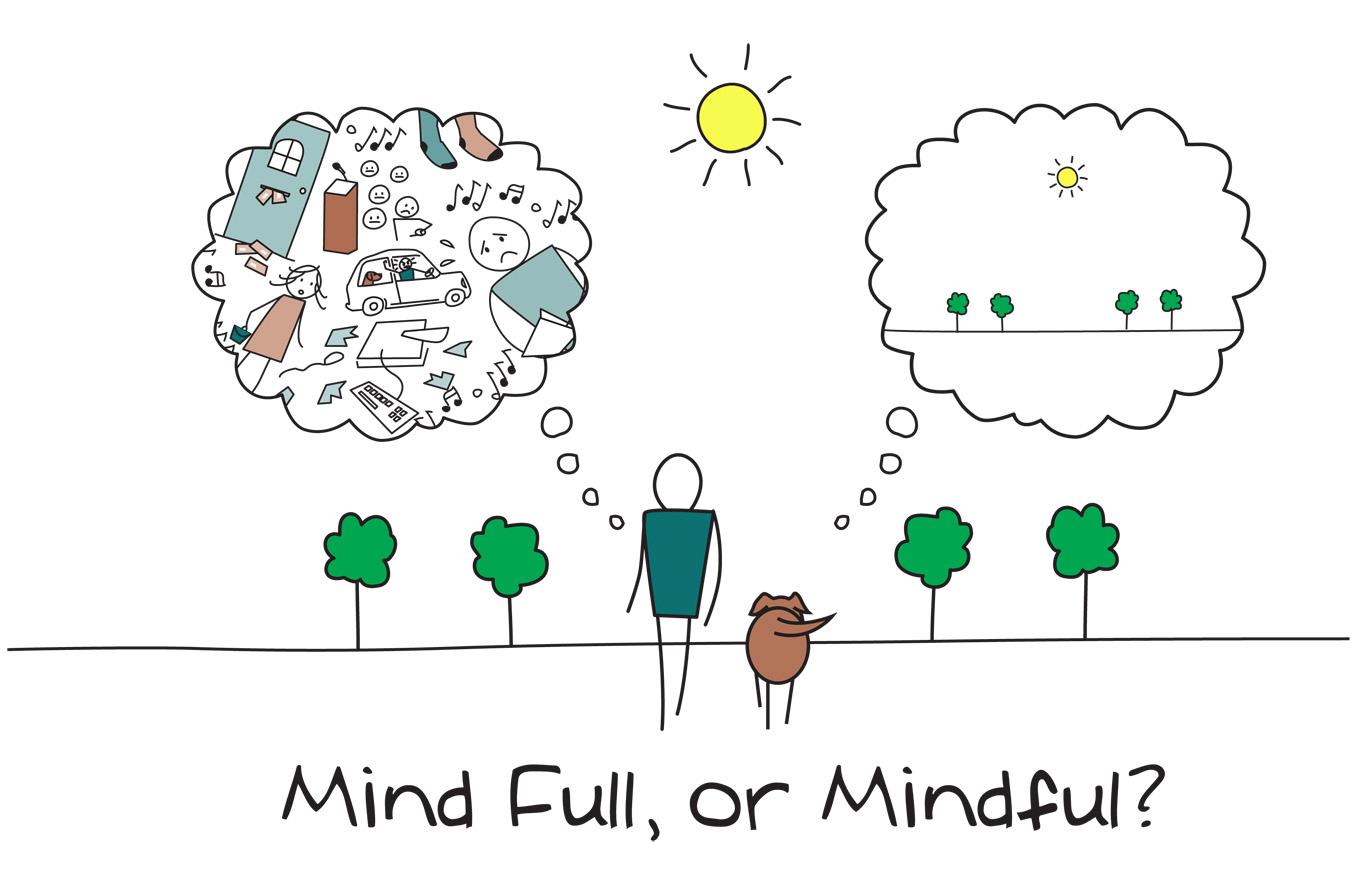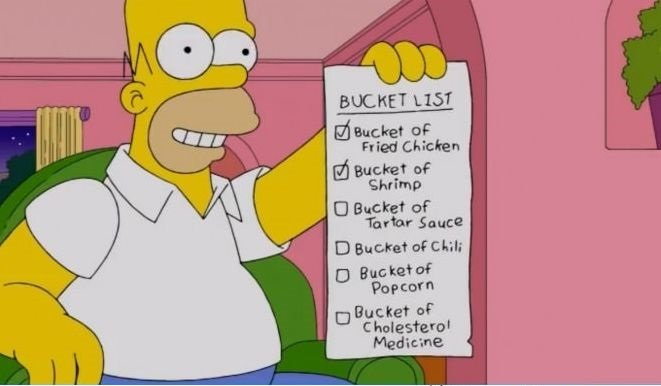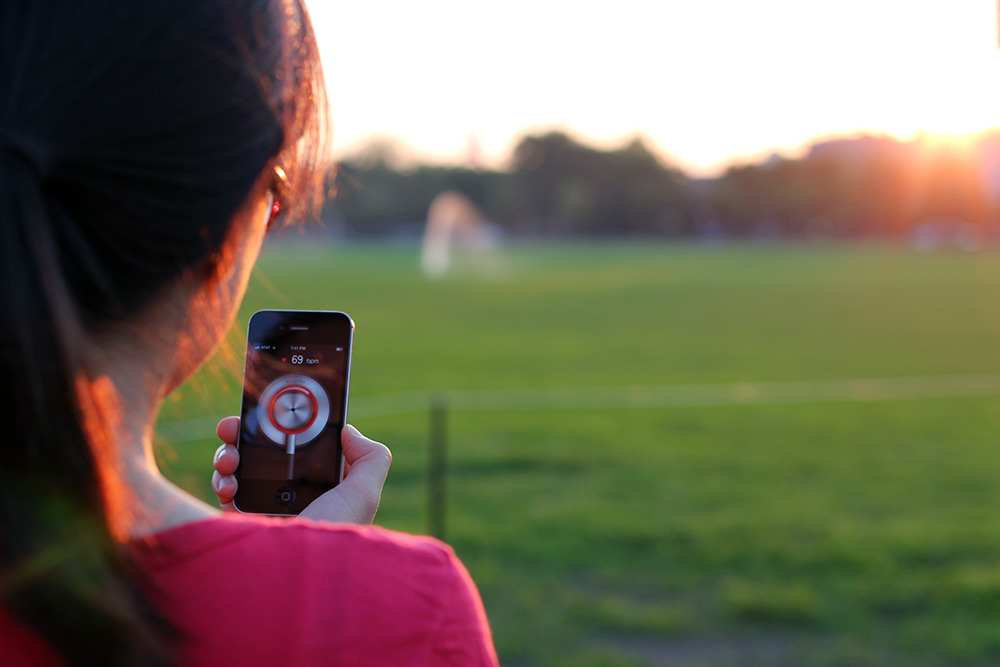With our constant obsession with technological advancements and the fashionable desire to be the first owner of the newest products, we must remember what we already have. And this isn’t just a banal platitude about being grateful for what we have. Even though the answers to the world’s problems seem to lie in the continued miniaturization of sensors and further embedded systems, have we forgotten what is already available to us? Perhaps we should shift the focus from finding the most sophisticated devices to becoming more proficient with what already exists.
In the summer of 2013, I took a psychiatry course at the Geffen School of Medicine at UCLA. The course had the rather grandiose title: “Personal Brain Management,” yet that was exactly what the physician taught. It turns out that by having a greater control of what we think and how we think can protect us from a wealth of illnesses. The only technological advancement I needed to supplement my project was a thermometer, yet that was enough.

Photo Credit: stress-relief-tools.com
My independent project focused on utilizing biofeedback for Mindfulness-Based Stress Reduction (MBSR). MBSR advocates that practicing mindfulness meditation can help reduce stress and promote greater mental and physical health. By using a simple stress thermometer, I was able to increase my awareness of my body temperature. While such a physiological marker may seem to be beyond our control, managing our internal thermostat is surprisingly possible. Roughly speaking, more relaxed states are correlated with increased body temperature, and the thermometer served as a means to quantify these changes.
With just a crude thermometer in hand, I was able to cultivate my relaxation response (in contrast to the familiar stress response). At the end of a six-week trial, I found that I was better able to control my body temperature, and I scored significantly lower on a battery of stress measures. For my project, I did not need a smartphone or the newest Nike product or the most sensitive sensors. I needed myself and 30 minutes of my day. And am I really so important that I cannot sacrifice the entirety of 30 minutes to myself?

Photo Credit: clintonpower.com.au
In our constant and desperate search for what is new, let’s not forget that we have instant access to ourselves. While innovative electronic devices can help us organize data and take measurements, let’s not get carried away with their seemingly whimsical promises. It is as much our duty to discover and invent as it is to make more effective use of what already exists. By remembering that the first generation of iPhones was released in 2007, we become aware of the humbling reality that perhaps society can function without a supercomputer in hand.
While simple and sophisticated mobile health applications can encourage patients to become more empowered, decreased reliance on digital technology is in its own right just as empowering. My project at UCLA showed me that I could become more self-sufficient and cultivate my body’s natural capacity to heal with a minimalist approach to technology use.






